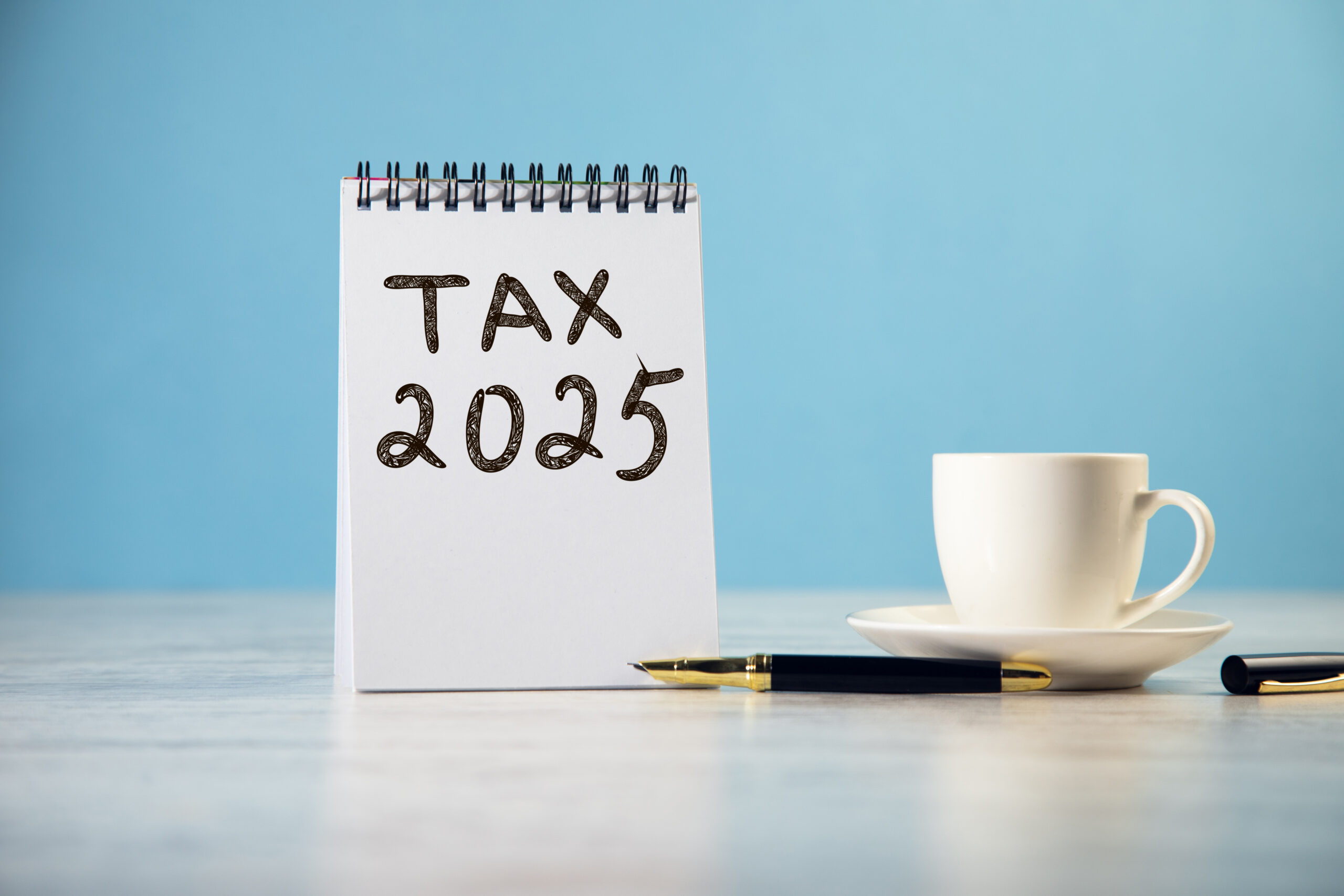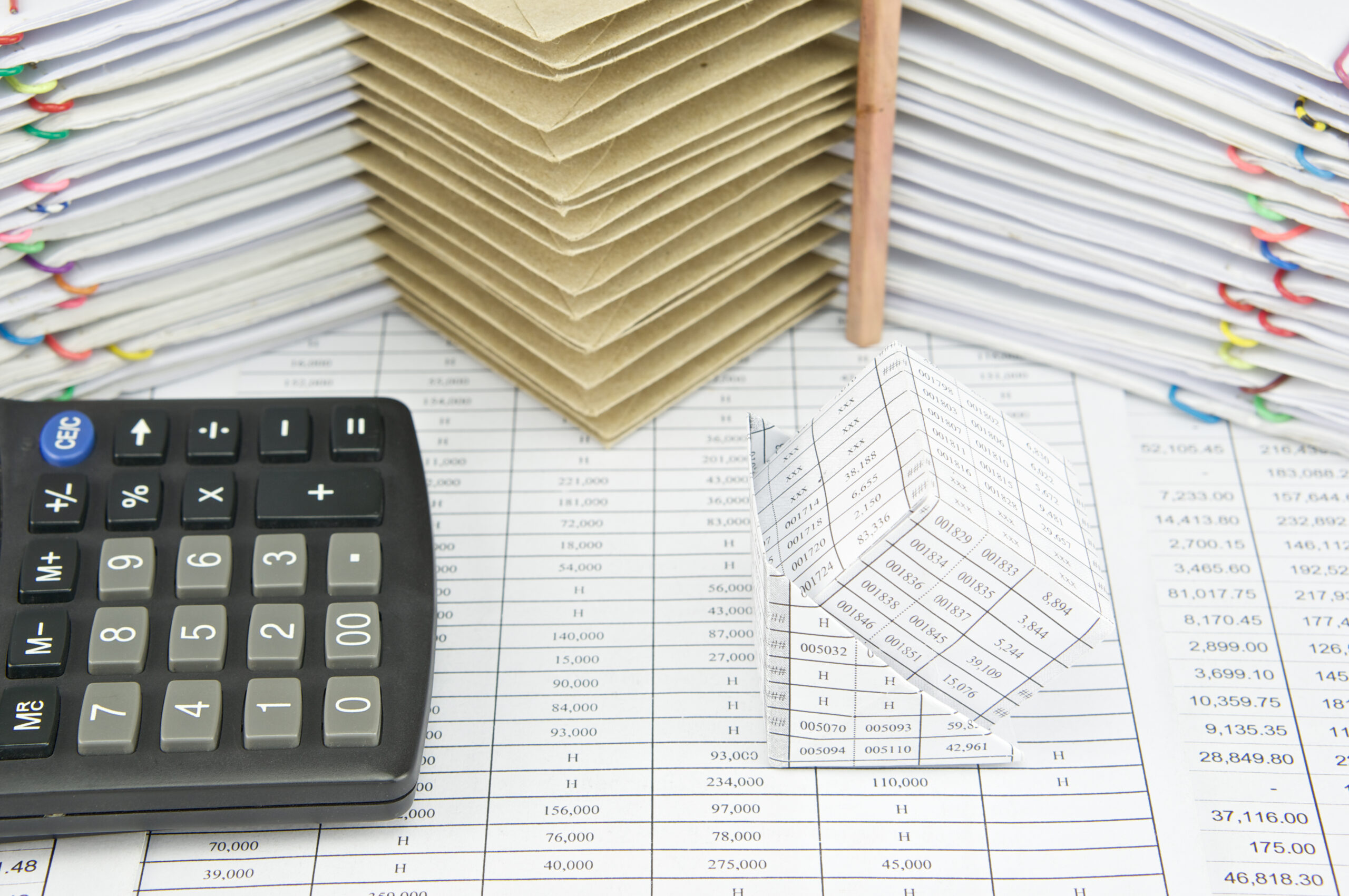The Easiest Way to File Self Assessment Tax Returns in 2025

Filing self assessment tax returns is important for individuals earning income outside of regular employment, such as freelancers and self-employed workers. It doesn’t have to be difficult to file your self assessment tax return in 2025. This process allows you to report your income, claim eligible expenses, and ensure you pay the correct amount of tax, helping you avoid penalties.
As the 31 January 2025 deadline approaches, filing your self assessment tax return can seem overwhelming. However, with the right approach and software, it can become a straightforward process. Before filing a self assessment tax return, you must register for self assessment with HM Revenue and Customs (HMRC).
Completing your self assessment accurately is important for meeting your tax responsibilities. It involves calculating your total income, deducting any allowable expenses, and determining any remaining tax liability.
What is a Self Assessment Tax Return?
A self assessment tax return is a form that individuals in the UK use to report their income and calculate their tax liability for a specific tax year. This process allows you to declare earnings from various sources, including self-employment, rental income, and investments.
The main purpose of filing a self assessment tax return is to ensure that you pay the correct amount of tax based on your total income and eligible expenses. It is an essential tool for managing your tax responsibilities and remaining compliant with HM Revenue and Customs (HMRC).
Who Needs to File a Self Assessment?
Not everyone is required to file a self assessment tax return. Here are the main groups of individuals who must file:
- You were self-employed as a ‘sole trader’ and earned more than £1,000.
- You were a partner in a business partnership.
- You had a total taxable income of more than £150,000.
- You had to pay Capital Gains Tax when you sold or ‘disposed of’ something that increased in value.
- You had to pay the High Income Child Benefit Charge.
When is the Deadline for Paying Self-Employed Taxes?
- Key Deadlines:
- The deadline for submitting your online Self Assessment tax return is January 31 following the end of the tax year on April 5.
- If you file a paper return, the deadline is earlier, typically October 31 of the same year.
- Penalties for Late Filing:
- Missing the January 31 deadline results in an automatic penalty of £100, even if no tax is owed.
- Delays can lead to additional daily penalties after three months and further charges after six months based on the amount owed.
- Tax Payments:
- Along with filing your return, you must also pay any tax due by January 31.
- If your tax bill exceeds £1,000, you may need to make ‘payments on account’ for the next tax year.
- Impact of Late Filing of SA 100
- Failing to file your SA100 self assessment tax return on time can have significant consequences, including financial penalties and other broader implications. One key impact is how late submissions can affect your eligibility for certain benefits or credits.
Requirement to File Your Self Assessment Tax Return
To prepare for your self assessment tax return, gather income and expense records, register with HMRC if required, know the deadlines, and use tax software for efficiency.
Documents and Records Needed
To file your self assessment tax return, you’ll need several key documents and records:
- Income Records: Gather all sources of income, including invoices, bank statements, and payslips.
- Expense Receipts: Keep receipts for any business-related expenses, such as travel, supplies, and utilities.
- P60/P45 Forms: If you have other employment income, these forms summarise your earnings and tax deductions.
- Bank Statements: Collect bank statements for the relevant tax year to verify income and expenses.
- Previous Tax Returns: Having your last return handy can help with consistency and reference.
How to Gather Your Financial Information
- Organise Your Documents: Create a dedicated folder for all relevant documents. This will smooth the filing process.
- Use Accounting Software: Consider using accounting software to track income and expenses throughout the year, making it easier to compile information at tax time.
- Set Deadlines: Establish a timeline for collecting documents well before the filing deadline to avoid last-minute stress.
How to Register and File Self Assessment
To register and file Self Assessment, follow these steps to ensure a smooth registration process:
Register for Self Assessment
Start by registering for self assessment with HM Revenue and Customs (HMRC). You can do this online on the HMRC website. Have your National Insurance number and personal details ready. Upon successful registration, you will receive a Unique Taxpayer Reference (UTR) number.
Log into HMRC Online Services
Once registered, log into your HMRC online account using your Government Gateway credentials. This is where you will complete your tax return.
Select the Tax Year
Select the relevant tax year for which you are filing your self assessment. Ensure you are selecting the correct year to avoid any confusion.
Fill in Your Personal Information
Enter your details, including your UTR, income sources, and any allowable expenses. Be thorough and accurate in your reporting.
Review Your Entries
Before submitting, review all entries carefully to ensure there are no mistakes or reductions.
Submit Your Tax Return
After confirming that everything is correct, submit your self assessment tax return through the online portal.
Keep Records
Save a copy of your submitted return and any supporting documents for your records, as you may need them in the future.
Selecting the Best Software for filing Self Assessment tax returns (SA100)
Selecting the right software for your self assessment tax return can make the process easier and more efficient. Nomi’s self assessment software is the best one to consider for Self Assessment Returns as it has the following features:
- Complete Tax Return Management: Easily manage various income sources, including self-employment, employment, property, and partnerships, as well as foreign income and capital gains.
- Direct HMRC Integration: Download data directly from HMRC’s database via API connection and submit tax returns directly from the platform.
- Task and Workflow Management: Track tasks with pre-filled workflow statuses and assign tasks to team members for improved collaboration.
- Digital Tax Questionnaire: Collect tax information in bulk using a digital questionnaire that clients can complete via email or mobile app.
- Client eSignatures: Request client eSignatures conveniently at no additional cost, a smooth approval process.
- Document Management: Upload and store supporting documents like working papers effortlessly within the platform.
- Mobile Application: Clients receive real-time notifications for data requests and can e-sign documents directly through the mobile app.
- Secure Data Handling: Ensure compliance with GDPR while securely sending tax returns and managing sensitive client information.
- Complete Compliance Support: Supports all important forms (SA100 to SA110) and integrates data from bookkeeping, payroll, and accounts modules to avoid re-entry.
- Affordable Pricing: The pay-as-you-go pricing model allows flexibility with bulk submission credits available for discounts.
This software makes filing your self assessment tax return easy and efficient. The software also simplifies data collection through its digital tax questionnaire, which can be answered via email or the mobile app. Additionally, it integrates directly with HMRC to fetch necessary data, ensuring accuracy and compliance.
You can review your tax calculations and validate submissions before sending them to HMRC. With a user-friendly interface and robust features, you can confidently manage your Self assessment tax return with little trouble.
Nomi provides complete support for all supplementary pages, including SA101, SA102, SA104, SA105, and SA106. These forms are important for individuals and businesses reporting various types of income.
- SA101: For individuals reporting less common types of income or claiming specific deductions.
- SA102: For employees and company directors to report earnings.
- SA104: Required for partners in a business partnership to declare their share of profits and losses.
- SA105: Used by landlords to report rental income from property.
- SA106: For individuals declaring foreign income or gains.
Get a 30-day free trial to see the advantages for yourself, or schedule a free demo to see its features and capabilities. Value for your investment is guaranteed by the competitive and transparent pricing of self assessment software. With Nomi’s built-in design and committed assistance, you can smooth your tax filing process, improve accuracy, and save time.
Want to find out more?
Book a free 30-day trial or talk to one of our advisor and see how our accounting software can help you manage staff, increase profitability and take your practice to the next level.

How to Change a Company’s SIC Code in a Confirmation Statement
As your business grows or evolves, the type of work you do might change too,...
Read More

How Accounting Software Helps with Final Accounts Preparation
As the financial year ends on April 5, it's time to prepare your final accounts....
Read More

Be Audit-Ready: What HMRC Wants to See in Your Corporation Tax Records
Keeping accurate financial records has always been an important part of running a compliant limited...
Read More

Onboarding That Wins Clients: A Smarter Start For Accountants
Client onboarding is about more than just ticking admin boxes. A smooth, professional client onboarding...
Read More